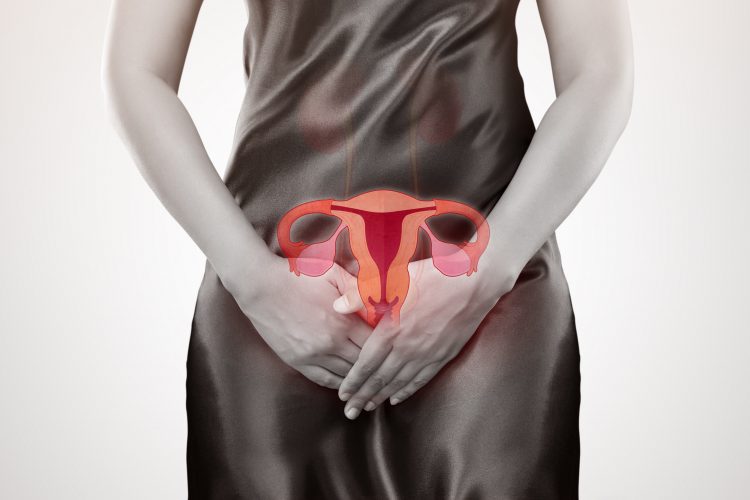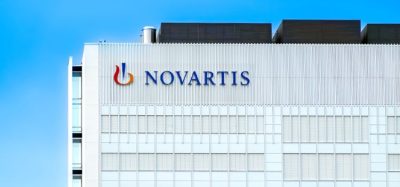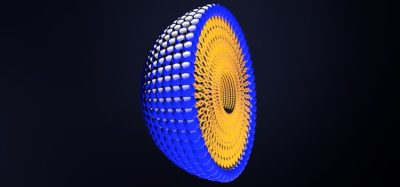Cervical dysplasia treatment device approved for global Phase III trial
Posted: 9 July 2020 | Hannah Balfour (European Pharmaceutical Review) | No comments yet
The cervical dysplasia drug-device product, APL-1702 (Cevira®), offers an alternative to surgery and has been approved to start a clinical trial in China and several other countries.


Asieris Pharmaceuticals announced it has received Clinical Trial Approval (CTA) from China’s National Medical Products Administration (NMPA) for a global, multi-centered Phase III clinical trial of its photodynamic drug-device combination product, APL-1702 (Cevira®), which is being developed for the non-surgical treatment of high-grade cervical squamous intraepithelial lesion (HSIL).
“Receiving the CTA from NMPA for APL-1702 is a significant milestone for the company as it builds and expands its capabilities in the genitourinary disease area,” commented Dr John Zhuang, Asieris’ Chief Operation Officer and the APL-1702 project leader. “APL-1702 has the potential to be the first non-surgical treatment product for cervical precancerous lesions in the world. Female patients of childbearing age have strong desires for a non-surgical treatment that preserves the cervical function, and APL-1702 holds the potential of fulfilling this significant unmet medical need, thereby bringing substantial relief to these patients.”
In addition to China, Asieris has concurrently initiated this global multi-centered Phase III clinical trial in the US, Germany, Romania, Hungary, Russia and Ukraine. The company hopes to use data from this trial will support the market approval applications in China, the US, the European Union and other countries.
Cervical dysplasia
HSIL, or cervical dysplasia, is a precancerous condition caused by a persistent HPV infection. Each year there are approximately 10 million cases of cervical dysplasia and over 50,000 new cases of cervical cancer worldwide. In China, approximately 2 percent of the female population develop HSIL each year.
Surgical excisions are the most common treatment options; however, they can cause adverse reactions ranging from bleeding and infection to cervical damage and reproductive disfunction (such as premature birth or miscarriage). Therefore, a non-surgical therapy is highly desirable.
Cevira®
Cevira is a photodynamic drug-device combination product which is placed on the cervix. A specific wavelength of light activates the device to release the drug and treat the cervical lesions. APL-1702 is intended for patients of 18 years and older with HSIL, including all HPV subtype strains.
The device is placed by a gynaecologist and removed by the patient at the end of the treatment. With no interruption to daily life, the company says the device allows patients to avoid the pain and adverse reactions associated with surgery.
Related topics
Anti-Cancer Therapeutics, Clinical Trials, Drug Delivery Systems, Medical Devices, Regulation & Legislation, Therapeutics
Related organisations
Asieris Pharmaceuticals, China's National Medical Products Administration (NMPA)
Related people
Related diseases & conditions
Cervical cancer, Cervical dysplasia, High-grade cervical squamous intraepithelial lesion (HSIL)









